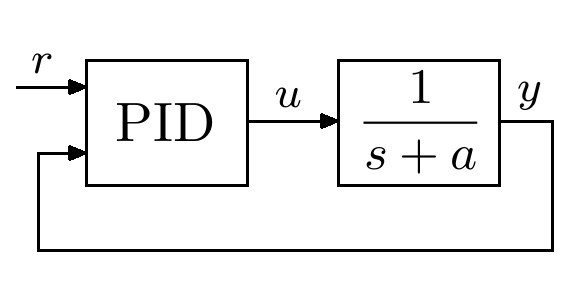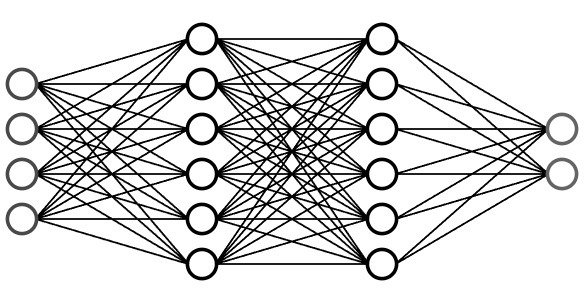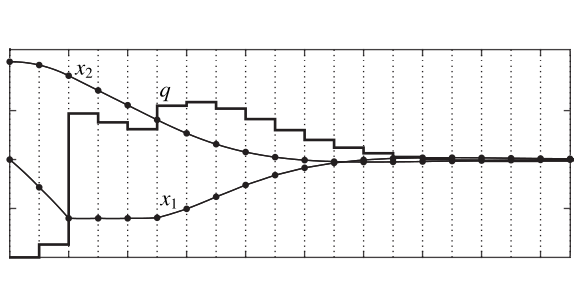Optimization-based control, estimation, and identification of urban road transport systems
Abstract: Urbanization intensifies as a global trend, exposing transportation networks to ever increasing levels of congestion. As network usage increases with available infrastructure, building new roads is not a solution. Design of intelligent transportation systems, involving identification, estimation, and feedback control methods with dynamical traffic models, is emerging as a feasible way to improve operation of existing infrastructure. Nevertheless, complexity of large-scale networks, spatiotemporal propagation of congestion, and uncertainty in traveler choices present considerable challenges for modeling, estimation, and control of road transport systems. This dissertation focuses on development of novel and practicable optimization-based traffic control and estimation methods for improving mobility in large-scale urban road networks. Part 1 is dedicated to identification, estimation, and control methods based on macroscopic traffic dynamics for perimeter controlled urban networks. Obtaining accurate estimates of model parameters and traffic states is critical for feedback perimeter control systems. In chapter 2, a nonlinear moving horizon estimation (MHE) scheme is proposed for combined state and demand estimation for a two-region urban network with dynamical modeling via macroscopic fundamental diagram (MFD). A traffic control framework consisting of identification, state estimation, and control methods is developed in chapter 3, enabling model-based feedback perimeter control of city-scale traffic. Part 2 focuses on traffic management methods considering regional route guidance. Equipping traffic controllers with route guidance carries potential for high performance congestion management. Chapter 4 contains model predictive control (MPC) schemes integrating route guidance and perimeter control actuators, capable of superior performance compared to using only perimeter control. A hierarchical traffic controller is designed in chapter 5, employing a path assignment mechanism to realize macroscopic route guidance commands of a network-level MPC.





Leave a Comment